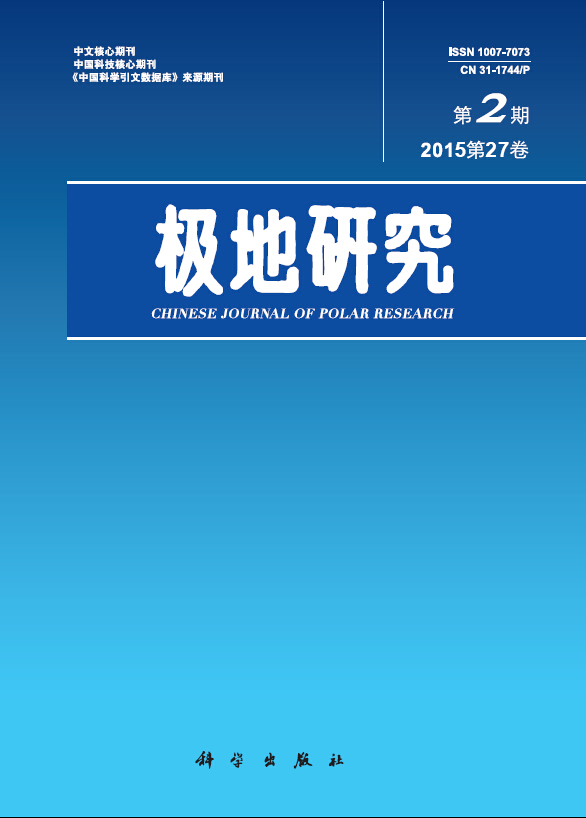|
|
ENRICHMENT CHARACTERISTICS OF METALS IN PLANTS AND SURFACE SOILS IN FILDES PENINSULA, ANTARCTICA
Li Wenjun, Na Gangshui, He Guangkai, Wang Lijun, Ma Xindong
2015, 27 (2):
150-158.
DOI: 10.13679/j.jdyj.2015.2.150
The chemical composition of plants and surface soils from Fildes Peninsula, Antarctica, was determined by wet digestion and inductively coupled plasma mass spectrometry (ICP-MS). Chemical features, such as element content, enrichment coefficient, bivariate correlation and pollution index, are discussed. Variance coefficients of Ni, Li, As and Cs were high in both soils and plants, but regional variation of elements in soils was lower than in plants. In plants, the concentrations of Fe, Al and Mn were affected primarily by high background levels in soils, whereas Ca, K and Cu were selectively absorbed; concentrations of Cr, Cu, Zn, Cd and Pb were all highly enriched. These results demonstrate the Fildes Peninsula has been polluted, with Cu widespread, Cd and As occurring at relatively low levels, and with Cd posing the greatest potential ecological risk.
Related Articles |
Metrics
|

